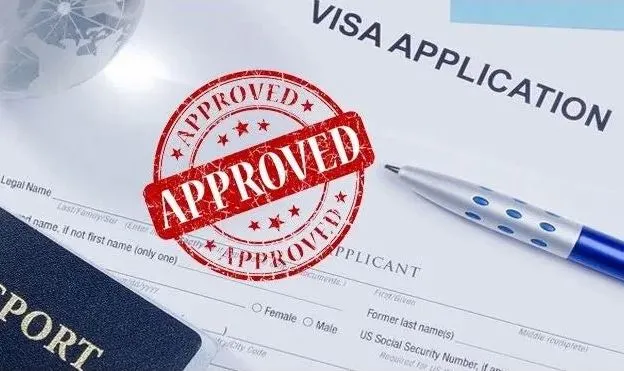If you’re from Denmark or Poland and are planning to visit India, you may be wondering how you can get an Indian visa from your home country. While it might seem like an impossible task, it’s actually quite easy to apply for an Indian Visa from Denmark or Poland. In this article, we’ll explain all of the information that you need to know in order to apply for your Indian visa from these two countries, including where to submit your application, how long it will take, and more!
Step 1: What is your reason for visiting India?
Knowing your reason helps you determine which type of visa you should apply for. For example, if you want to visit family members in India, it’s safe to assume that you will be staying with them. Therefore, a tourist visa probably won’t work for you and an Indian family visa would be a better choice. If your reason is tourism-related, then there are several types of visas available based on how long you plan on staying in India and whether or not you plan on leaving while on vacation. For example, there are both one-time visas (single entry) and multiple time visas (multiple entry). It all depends on what works best with your schedule.
Step 2: Getting a tourist visa on arrival
After your tourist visa is issued, you are allowed entry into India. If you’re coming by air and not flying through a country that doesn’t have a visa-on-arrival program with India, like some European countries (and, to be fair, most Americans), you’ll need one more step: getting a tourist visa on arrival. It’s really just as it sounds—you arrive at Mumbai airport or Chennai airport or New Delhi airport, tell them where you’re going in India and that you have no intentions of leaving before your time is up.
Step 3: Things you should know before applying
* India’s e-Visa program is not currently available at Polish consulates. If you’re applying for a visa through your country’s consulate, select Delhi as your place of application and Visa on Arrival as your method of entry, because those are only available when you apply in Delhi. The minimum period of stay that you can request is 30 days. * Indian visas are generally valid for six months, so if you’re going to be staying longer than that, double-check with your embassy whether they’ll allow it and what additional documentation will be required (it might take some time). * Indian e-Visas cannot be applied for more than four months before departure and they require at least one blank page in your passport on arrival. Indian Visa from Poland
Step 4: Which India consulate should you apply with?
If you’re applying for a tourist visa, you can apply at any Indian consulate (but be aware that some countries will require additional paperwork). If you’re applying for anything else—employment, student, journalist—you’ll need to apply at a specific Indian consulate. Here’s a list of Indian embassies in Europe. For example, if you live in Berlin, Germany and want to know which is your nearest Indian embassy, use Google Maps (or another mapping tool) to find out: India Embassy Berlin Address.
Step 5: How long does it take to get an Indian visa?
The process of getting a visa can be very slow. While applications are usually processed quickly, it can take as long as two months to obtain your Indian visa. This doesn’t mean you have to schedule your vacation that far in advance; however, it does mean you should apply at least a month before you travel so you don’t encounter any unforeseen issues with processing. Depending on your circumstances and nationality, there are several ways visas are issued: a post-arrival visa (i.e., when you arrive in India), an e-visa (before entering India), or through a consular office overseas. The best way is for Indians looking for Indian tourist visas from Europe is either via e-visas or applying through a consulate if living in Europe.
Step 6: Is there anything else you need to know?
A lot of people don’t realize that you can apply for an Indian visa in multiple countries. If you’re a citizen of a country with diplomatic relations with India, there’s a good chance that you’ll be able to get your visa without leaving home. How do I know which countries qualify? The Department of Immigration and Emigration offers up-to-date information about eligibility on its website.

